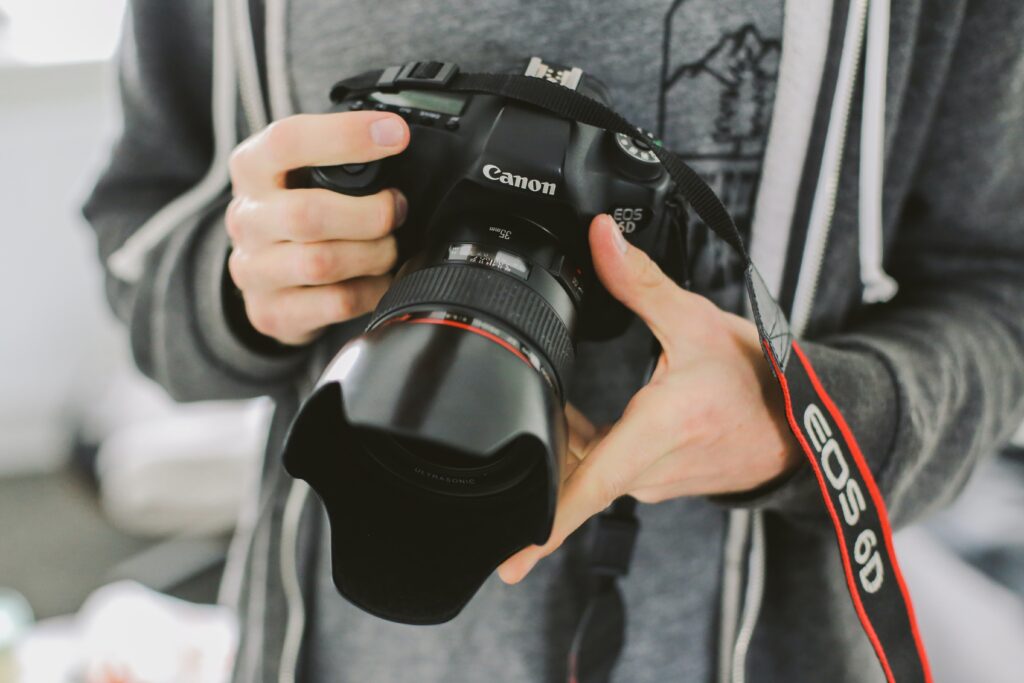Mastering Manual Exposure: Learn How To Set Your Camera’s Manual Settings For Perfect Photos
There’s something special about manual photography. When you dial in the exact settings for each shot, it’s like having an artistic control over your environment. You can adjust the exposure, white balance, and other settings to fit your vision perfectly. But mastering manual exposure isn’t as easy as it seems. It takes practice and patience to get the perfect shot every time. In this blog post, we’ll explore how you can master manual exposure by learning how to set your camera’s manual settings for perfect photos every time. Read on to find out more!
Mastering Manual Exposure: What is manual exposure?

Manual exposure is a photography technique that involves adjusting the camera’s aperture, shutter speed, and ISO to create the perfect exposure. By understanding how each of these settings affects the final image, photographers can fine-tune their images to get exactly the look they want.
Aperture controls the amount of light that enters the camera, and also affects the depth of field. A wider aperture (larger number) lets in more light and produces a shallower depth of field, while a narrower aperture (smaller number) reduces the amount of light and increases depth of field.
Shutter speed determines how long the shutter is open, and thus how long the sensor is exposed to light. A faster shutter speed results in a shorter exposure time and freeze motion, while a slower shutter speed allows for a longer exposure time and blurs motion.
ISO controls the sensor’s sensitivity to light. A higher ISO results in a brighter image, but also introduces more noise into the image. A lower ISO produces a darker image but with less noise.
By carefully adjusting these three settings, photographers can control how their images look. For example, by using a wide aperture and slow shutter speed, they can create photos with beautiful bokeh (blurred background). Or by using a fast shutter speed, they can freeze action and capture sharp images. The possibilities are endless!
Mastering Manual Exposure: Why use manual exposure?
Manual exposure gives you complete control over your camera’s settings, allowing you to take the perfect photo every time. With manual exposure, you can set the aperture, shutter speed, and ISO to get the perfect exposure for your shot. You can also use manual exposure to control how much light is let in, which is perfect for low-light photography.
Mastering Manual Exposure: How to set your camera’s manual settings
There are three key elements to manual exposure: aperture, shutter speed, and ISO. Each one of these settings interacts with the others to determine the final exposure of your image.
Aperture: The aperture is the opening in the lens through which light enters. It is measured in f-stops, with a larger number representing a smaller opening. A wider aperture (smaller f-stop number) will result in a brighter image, while a narrower aperture (larger f-stop number) will result in a darker image.
Shutter Speed: The shutter speed is the amount of time that the camera’s shutter is open, exposing the sensor to light. It is measured in seconds or fractions of a second. A faster shutter speed will result in a darker image, while a slower shutter speed will result in a brighter image.
ISO: The ISO setting determines how sensitive the camera’s sensor is to light. A higher ISO setting will result in a brighter image, while a lower ISO setting will result in a darker image. However, using a high ISO can also introduce noise into your images.
Tips for getting the perfect photo

Mastering Manual Exposure: Take the time and play with your manual exposure settings.
In order to get the perfect photo, there are a few things you need to do. First, you need to make sure your camera is in manual mode. This will allow you to have full control over the exposure of your photo. Second, you need to take into account the lighting conditions. If it is a bright day, you will want to use a lower ISO setting so that your photos don’t come out blurry. Third, you need to pay attention to the aperture setting. This will determine how much light is let in and how shallow or deep of a field of view you will have. A good rule of thumb is to start with a low aperture number and then increase it if needed. Lastly, you need to consider the shutter speed. This will affect how long the photo is exposed for and can create different effects such as freezing action or blurring movement.
Last Shutter Thoughts
Mastering manual exposure is one of the key skills a photographer needs to learn when working with their camera. It may seem intimidating at first, but once you understand the basics and have some practice using them in your photography it becomes much easier. Whether you are shooting indoors or outdoors, mastering manual exposures can help you create stunning photographs with perfect lighting and composition every time. With enough dedication and practice, anyone can learn how to set up their camera’s manual settings for perfect photos – all it takes is determination!
You might want to check out our classic article – How to Get Started in Photography The Basic. It’s a must read if you’re barely getting started in photography.
Also there is this great article with some great advice on manual exposure and how to practice your skills. Check it out.

